247 CD / Scarlatti: Complete piano sonatas vol. 3
Description
Our Scarlatti boat has been sailing the high seas for some time now. Storms, shallows, sea monsters all lie behind us. But today the weather is set fair. The sun is blazing down and there’s no wind. We let our feet dangle in the water and have a little snooze. Before us, sonatas stretch as far as the eye can see. When did we set sail from Berlin? 2012? – What is the prime factorisation of 555 anyway? 3 x 5 x 37... Suddenly! A shark made up of two parts appears! His teeth are asymmetrical. And over there! An octopus with 37 tentacles. He tries to cross all his legs at once and gets hopelessly tangled up. - Swarms of small, colourful trill fish wriggle with their fins, shimmering and glistening in the sun. - What is that? A huge, misshapen, sluggish monster! Probably the Spanish king! No, just seaweed. - What was the captain's first name again, Christoph or Ullrich, or Christopher?... Grab it now! 3 barrels, brim-full of sonatas, for the bargain price of 40 cents each!
Further information about the Scarlatti Project.
Christoph Ullrich on Youtube: Sonata in g moll K 8, Allegro and Sonata in C major, K 487, Allegro
4 reviews for 247 CD / Scarlatti: Complete piano sonatas vol. 3
You must be logged in to post a review.


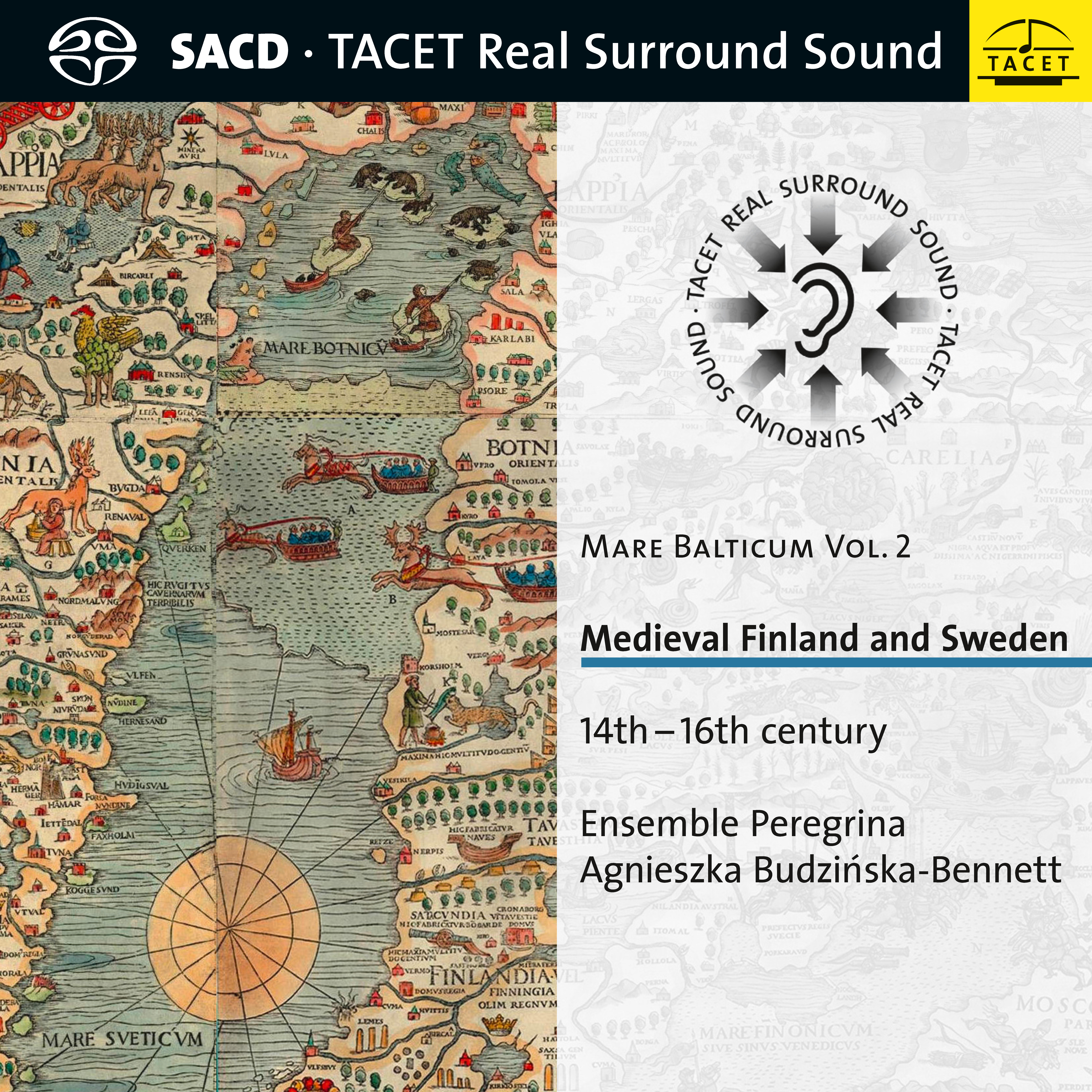
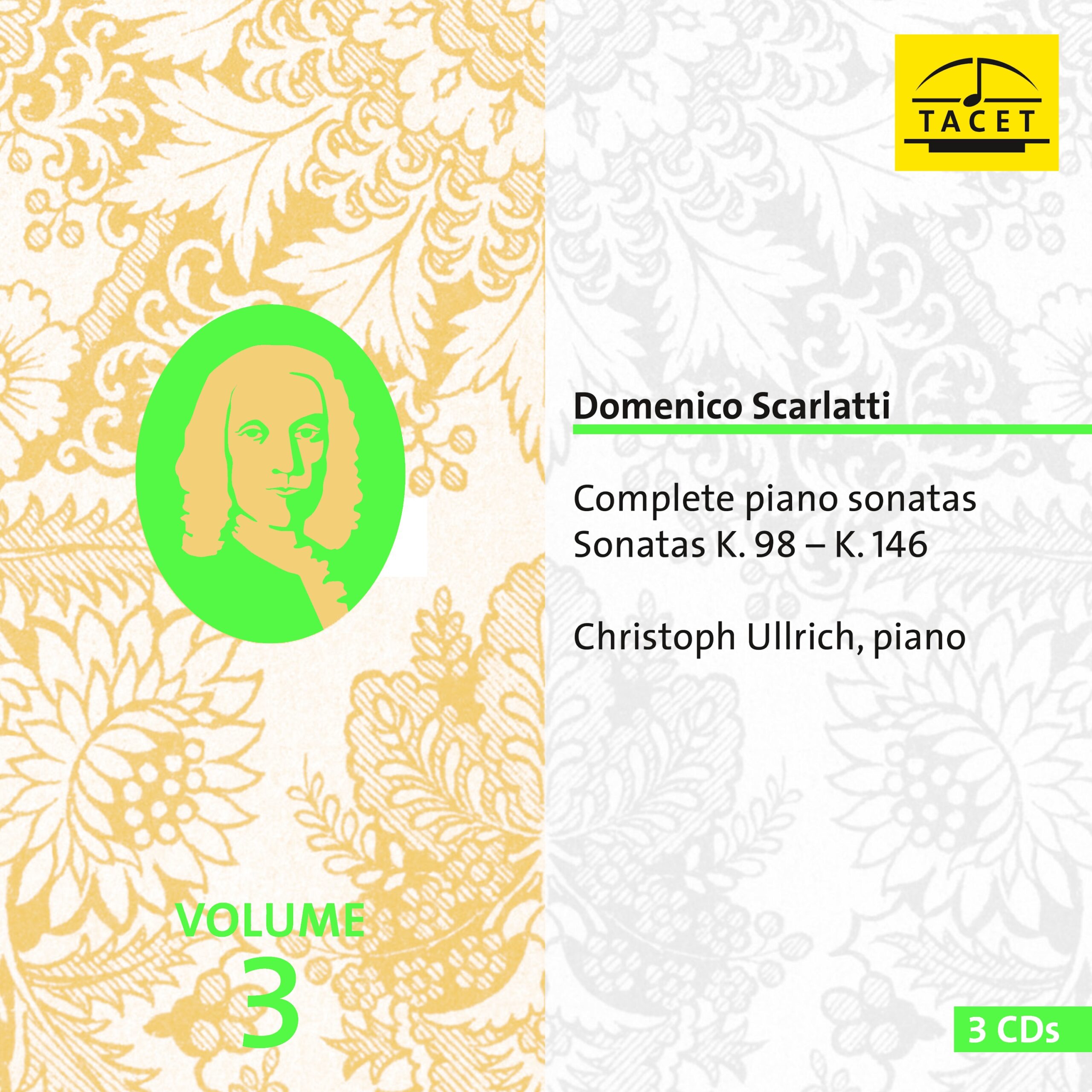
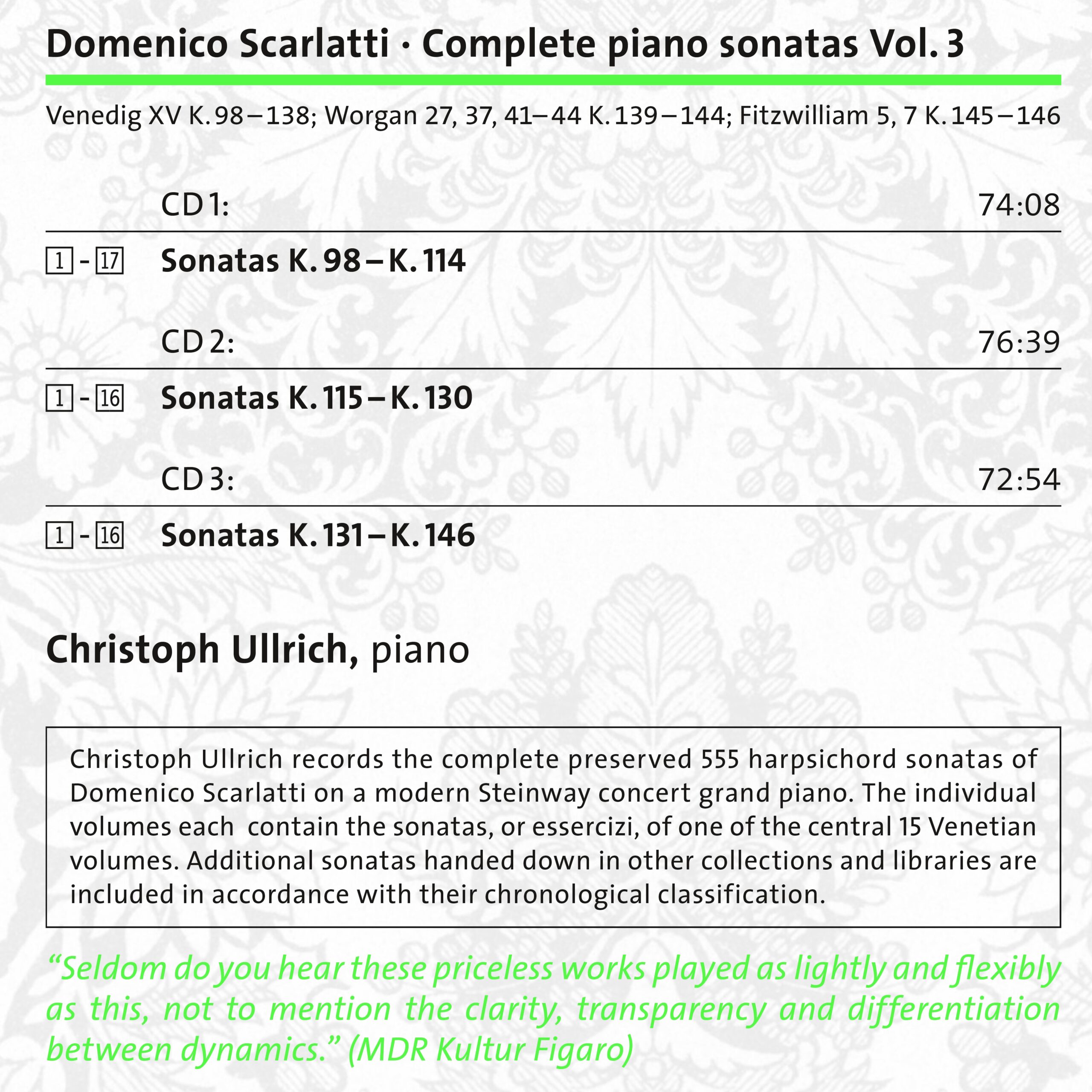



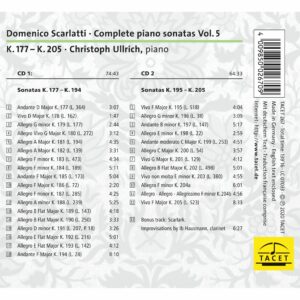
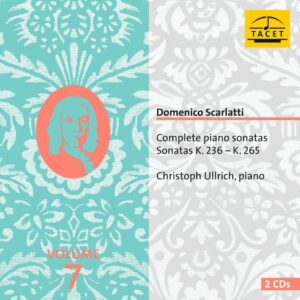
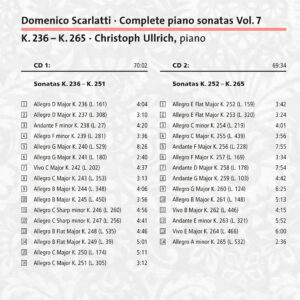
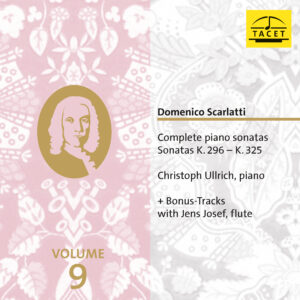
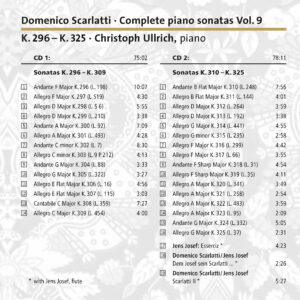

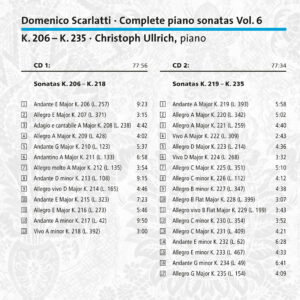
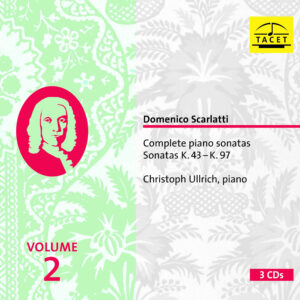
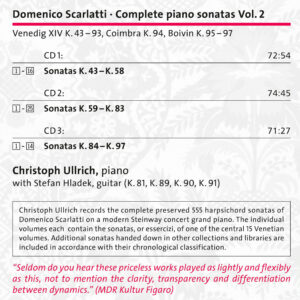
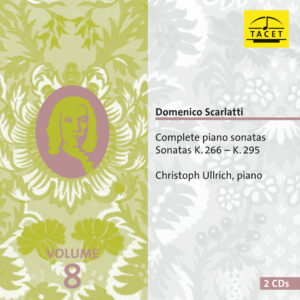
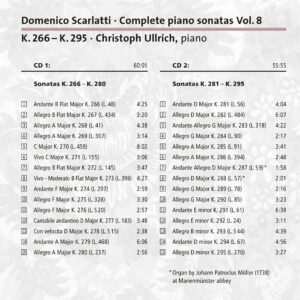

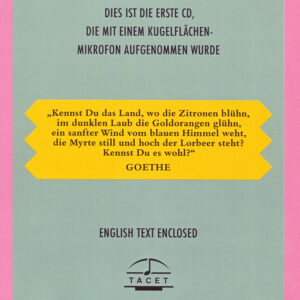

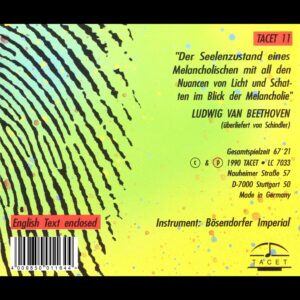
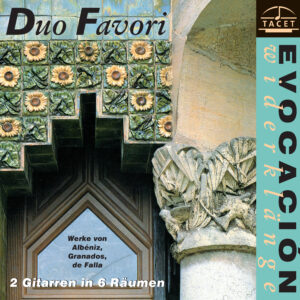
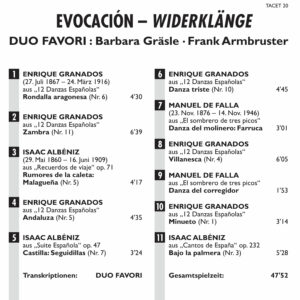
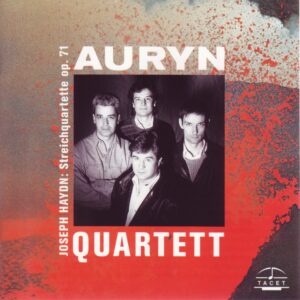
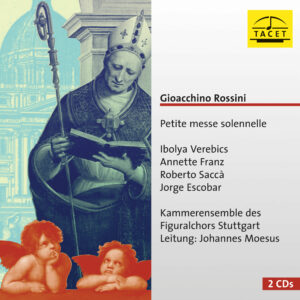
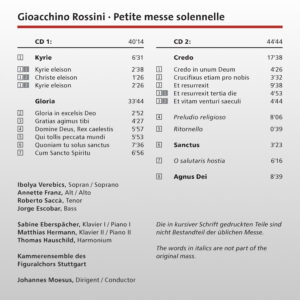


Fanfare Magazin –
--> original review
Diejenigen von uns, die Scarlatti zum ersten Mal auf dem Cembalo gehört haben, mögen sich dagegen sträuben, ihn auf dem Klavier zu hören, das heute Standard ist. Ich verstehe, dass es einfacher ist, ein gutes Klavier für Aufnahmen zu bekommen als ein gutes Cembalo. Aber wenn ich es auf dem älteren Instrument höre, denke ich: „Scarlatti – scharfe, süße Eiszapfen, die auf meiner geistigen Zunge schmelzen“ (die einzige Zeile Poesie, die ich je verfasst habe, die nicht mit „Es gab einmal eine junge Dame aus…“ beginnt). Aber heutzutage ist es das Klavier, entweder man nimmt es oder lässt es.
And now I have in front of me a recording that is so wonderful in so many ways that the harpsichord fades from memory. The artist here, the pianist Christian Ullrich, has made such a strong case for the piano that it will henceforth be the standard of performing these marvelous 555 (!) sonatas.
Natürlich schlage ich vor, dass Sie diese Sammlung erwerben. Aber bevor Sie hören, nehmen Sie sich ausreichend Zeit, um den Inhalt des beiliegenden Booklets langsam und sorgfältig zu lesen. Der erste Aufsatz „Die Welt von Domenico Scarlatti“ von Thomas Seedorf enthält so viel wertvolles Wissen über den Komponisten wie eine der Sonaten die musikalischen Schauer und Freuden (und Triller), die immer in Scarlattis Werken präsent sind. Wenn Musiklehrbücher so geschrieben wären, könnten Sie in zwei Wochen abschließen.
Der nächste Aufsatz, „Zeitgenössischer Scarlatti“ von dem Pianisten selbst, ist eine wunderbar geschriebene, einfühlsame Wertschätzung des Komponisten. Er beginnt mit einem Zitat des deutschen Dichters Durs Grunbein, das den Preis dieser CD mehr als wert ist und an die Tür jedes Musikgebäudes an jeder Universität gehängt werden sollte: „Für den Dichter ist jeder Dichter, der direkt zu ihm spricht, zeitgenössisch, egal in welchem mystischen, weit entfernten Jahrhundert, in welchem längst vergessenen Provinznest er lebte. Von diesem Moment an, weil seine Stimme so einzigartig erkennbar war, wird sie ihm nahe sein, so nah, als stünde die Person, der sie einst gehörte, leibhaftig vor ihm, verlagert in Zeit und Raum. Selbst mit geschlossenen Augen wird das Wort des Dichters ihm präsenter sein als jedes aus seiner eigenen Zeit, deutlicher als sein eigenes atemloses Keuchen.“
Then Ullrich the pianist takes over. I wasn’t looking forward to four hours of 3-minute sonatas; but the man is a magician, casting a spell that kept me nailed to my seat long after what should have been intermission time. Did I once think that all Scarlatti sonatas are basically the same? What a chump I was! (No comment from you, Joel!) They’re all in the same language, but each has its unique message. But listen closely, because Ullrich plays them with jaw-dropping virtuosity, making you think that if you were watching him play, his flying fingers would be invisible. The man is an incredible musician and a world-class athlete.
Not everyone should buy this album. It’s only for astronomers, rocket scientists, teachers, chefs, ministers, gang members, librarians, bearded ladies, politicians, highly intelligent chimpanzees, all other chimpanzees, chiropractors, and strippers.
David Reznick
Klassik heute –
--> original review
Klassik-Heute author Peter Cossé, the highly respected critic colleague who sadly died suddenly in December 2017, could well be considered the doyen of music criticism in the field of piano music - profound knowledge and a thoroughly personal, yet always confidently reasoned judgment assured him this claim (though never personally sought). He reviewed the first two installments of five parts of the Integrale of Domenico Scarlatti's 555 piano sonatas published up to this publication, as interpreted by Christoph Ullrich on modern grand piano; then it was up to me to review the third volume, and Peter Cossé again wrote about the fourth and fifth parts of this edition. Now I received the latest edition for review and on this occasion I took again the reviews with which Peter Cossé accompanied this mammoth undertaking of the pianist Christoph Ullrich and the label Tacet.
Cossé observed the growth of this edition with growing approval, and I too, since I reviewed the third part of Christoph Ullrich's complete recording of Scarlatti's sonatas in 2015, must confess that each new part that appears adds a new facet to this undertaking. It is a perfect coincidence that Ullrich's complete recording will feature an ascending order of the individual parts according to the order of the sonatas by Ralph Kirckpatrick, while the pianist follows an order of his own choosing in the recording; consequently, the numbers of the individual newly appearing parts are admittedly inconsistent.
Comparison recordings: Piano - Marcelle Meyer (EMI 568922 - Les Introuvables de Marcelle Meyer, Vol. 2, now available on : Documents 600209)
Harpsichord: George Malcolm (Decca Eloquence 4820506), Pierre Hantaï (Mir 273 AD: 2005), Bertrand Cuiller (Alpha alp 165, AD: 2009)
Fortepiano: Aline Zylberajch (AMY 002, available as download)
Detmar Huchting
Pizzicato –
--> original review
German pianist Christoph Ullrich has set out to record all 555 sonatas by Domenico Scarlatti on the Tacet label. He continues his complete recording with another double CD, Vol. 3. (Vol. 1, 2, 11, 14, 15 have already been released). This contains the sonatas K. 98 to 146. As in the previous editions, Ullrich plays the sonatas here light and lively, there lyrical-meditative or even melancholic. In doing so, he is able to differentiate his playing so much that with an unbelievable variety of color and dynamic nuances, each sonata acquires its very own character.
Remy Franck
MDR Kultur –
(...) The Frankfurt pianist Christoph Ullrich and the small fine recording label Tacet have dedicated themselves to the mammoth project. And before is now Volume 3 of the complete recording, which is a 3-CD box with a total of 49 sonatas.
(...) If you take on all of them as Christoph Ullrich does, the challenge of finding the right tone for each one literally culminates, and Ullrich masters this musically, tonally, pianistically on the perfectly adjusted Steinway really splendidly. He has made himself a picture of each sonata, he has reflected the respective musical internal atmosphere, has sought pianistic, which also means: sound-aesthetic solutions for it. He knew how to model each sonata like a sculpture, to measure its very own character. There is a lot of life in this music, it can hardly be compared to the tableaus of Bach or Handel. Without knowing the alleys of Naples, the southern Italian sea, the specific landscapes there, the nature of Spain, the life in Madrid, the folklore of Italy and Spain, their dance forms and styles, it is hardly possible to assess what Scarlatti's music is about. Everything stands side by side in a small space, cheerfulness, melancholy, drama, intensification, dance. All of this needs to be reflected accordingly in the sound of these pianistic miniature operas. Ullrich finds a convincing approach for each sonata, his playing knows not only colors, but especially also intermediate colors, even virtuoso passages are provided with contour and character, one can hardly get out of the amazement about this sparkling, precisely fitting, lucid, tension-saturated pianism. I hope these recordings will bring Ullrich, who unfortunately still and already for far too long circulates as an insider tip, the fame he deserves.
Martin Hoffmeister